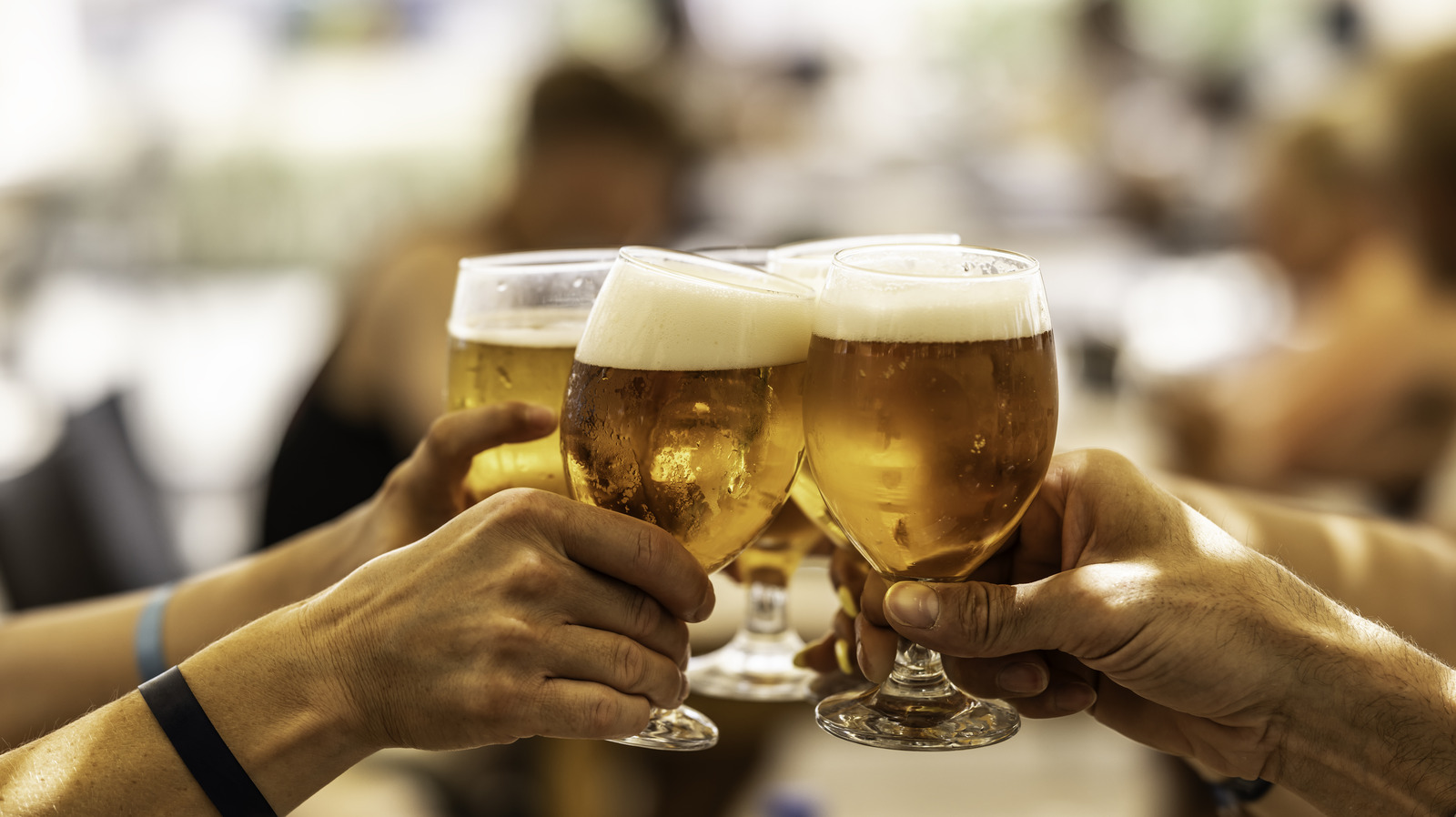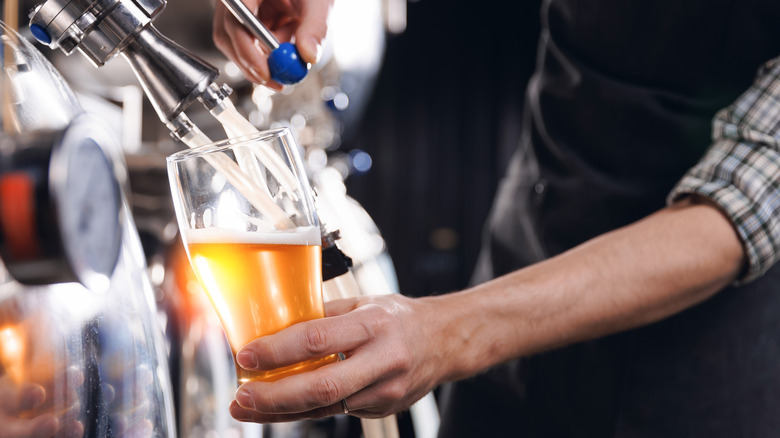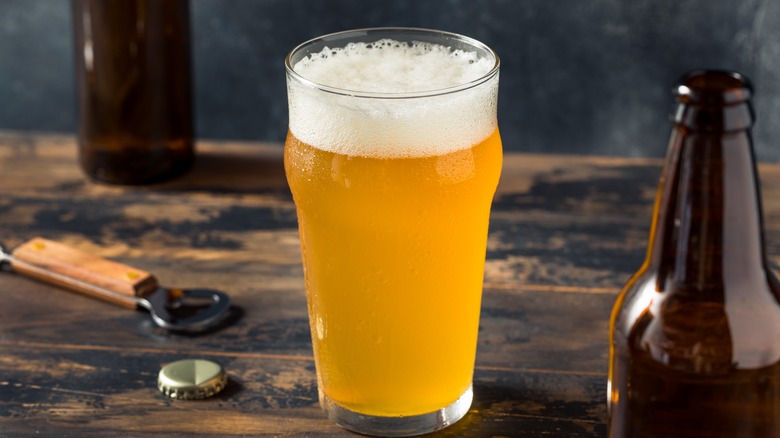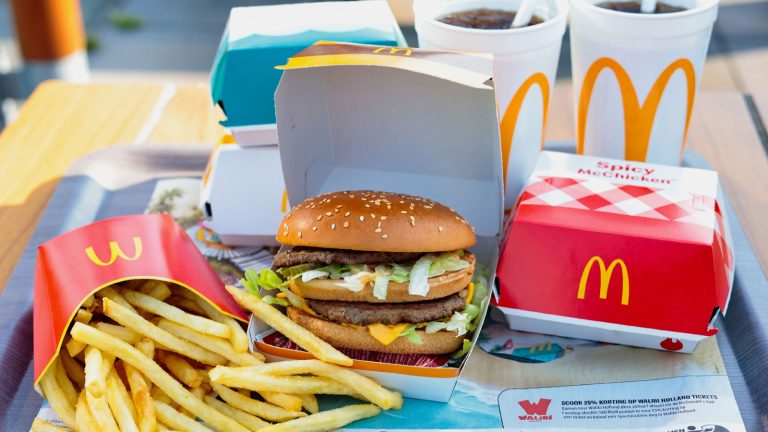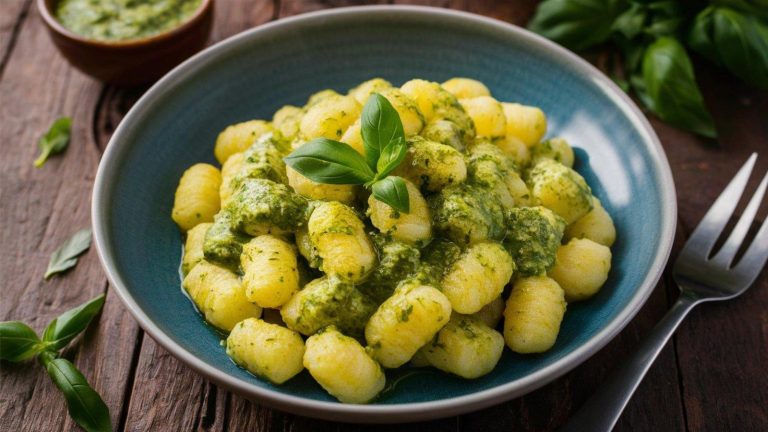Enjoying a beer is easy: Simply crack open a cold one, sip, and savour. Yet the behind-the-scenes process of brewing is intriguingly complex, whether it’s a domestic or craft beer. A varying assortment of ingredients go through a chain of chemical and physical processes, with fermentation playing an especially significant role. Human-introduced yeasts (occasionally wild) transform sugar compounds in grain into alcohol and carbonation — two essential beer qualities.
Yet once the brewing stage is over, some producers then choose to pasteurize the beer, which halts remaining fermentation and eliminates any microbes that could spoil the drink. It’s an extra assurance that the brew is safe, and though this was especially important in the past, modern sanitation and refrigeration has rendered the step less crucial. Today, lots of unpasteurized beers appear on the market. So from a stance of caution or curiosity, it’s logical to inquire: Does it matter if your beer is unpasteurized?
Well, to help navigate such beer intricacies, Chowhound lucky obtained some exclusive expert advice from Josh Penney. As head brewer at New York City’s Threes Brewing, he’s certainly well-versed in the details of beer-making. And according to him, most people can’t tell if they’re drinking unpasteurized or pasteurized products, making the brewing step not hugely relevant to consumers. Not to mention, Penney said you usually won’t find pasteurization information on the label, which makes noting the difference even harder. So sure, pasteurization offers insight to beer-making, but it’s not a make-or-break detail while sipping.
Both unpasteurized and pasteurized beers remain popular
Today, pasteurization stands as a lightly contentious topic among beer brewers, yet the process is straightforward. “You heat [the beer] up to a certain temperature for a certain period of time,” Josh Penney explained when chatting with Chowhound. Some say the heat influences the flavor, imparting caramelized notes and impacting how the beer ages. Many brewers say there’s no palpable difference. Most importantly, drinking unpasteurized beer doesn’t come with a health risk.
So with all the nuanced deviations amidst brewing, it’s impossible to isolate pasteurization’s specific effects. The beer ingredients, style, and brewery mean much more to a consumer. And Penney further advised that “freshness is what people should really be paying the most attention to.” Beer store red flags like expiration dates and storage conditions play a larger role.
“Most beer from smaller producers is not pasteurized,” Penney said, noting the exception of brewers that want to prevent secondary pasteurization, or bottle conditioning. And pasteurization isn’t often included as a step during homebrewing. It’s simply assumed that small-scale beers won’t lay around long enough to spoil — they’ll be consumed when fresh and tasty.
Among large-scale breweries, the use of pasteurization is more complicated. During the early 20th century, the technique proved pivotal for large-scale and far-flung beer distribution. Today, opposed to craft beer, commercial breweries likely pasteurize for shelf life, although they won’t always divulge the information. Nevertheless, there are exceptions, like Coors, which promotes its famed cold-filtration alternative to the technique. So sure, it’s basically a coin flip if a beer at the store is pasteurized, but your enjoyment matters more.
The use of pasteurization plays a role in select beer styles
With that said, there are several niche brewing scenarios where pasteurization plays a role. “Usually any beer that has a lot of adjuncts in it (vanilla, marshmallow, fruit purees, lactose, chocolate, etc.) is (or at least should be) pasteurized,” Josh Penney told Chowhound. So those delicious holiday stouts, milkshake IPAs, and recently trending fruited sours likely all went through the process. The latter two styles often utilize quite a bit of fruit during brewing, so pasteurization is especially crucial (just as it is with store-bought juices).
Conversely, Penney also notes that beer is not pasteurized when it’s bottle conditioned (also referred to as a secondary fermentation, as mentioned). Centuries back, this was the only route of crafting carbonated beer — sugar and yeast added right before sealing a bottle would create the fizz. Nowadays, the technique has lost its overwhelming popularity, though some craft brewers do still employ such a second fermentation. Useful for sours and traditional styles like farmhouse ales, this continued yeast action results in an unique palate. Plus, Penney noted that the process “helps to reduce any oxygen (beer’s #1 enemy).”
However, since pasteurization halts any microbial action, it clashes with such a brewing style. So if bottle conditioned is noted on the label, it does matter that the beer’s specifically unpasteurized. Sure, such beers require more delicate storage and result in stuff at the bottom of the beer bottle, but their flavors reveal the incredible diversity of brewing — both pasteurized and not.


